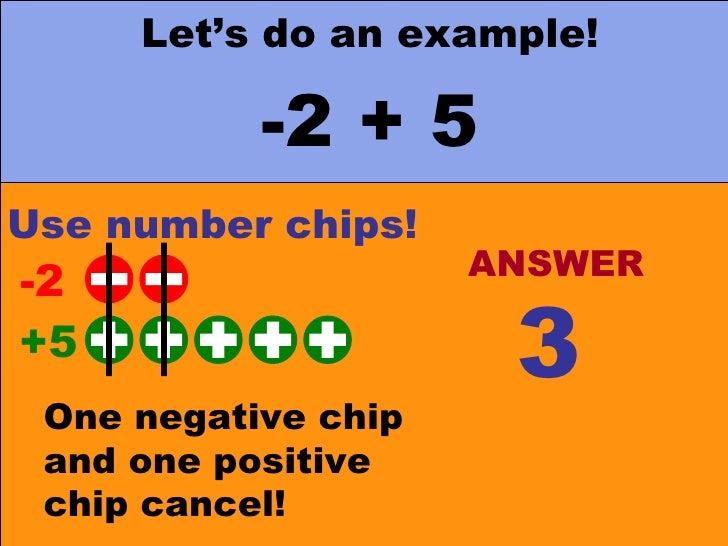Positive and Negative Numbers:
Fact Families, Number Lines, and Games
While researching the operation rules for positive and negative numbers, I came across the term fact families. I looked it up and learned that it is a group of numbers used to demonstrate a mathematical principle. Fact Families are used as a strategy in early elementary mathematics to make math easier to understand for students in first through third grade. They build on a foundation of mathematical facts that the student already knows to be true.
Fact Families
Fact families are introduced as a strategy for students to help them with addition and subtraction, then multiplication and division. They begin with 3 numbers that can be represented in 4 different mathematical equations that are all true. The numbers in the family either add or subtract to equal each other. Students need to check their work to make sure that the fact belongs to the fact family. Using fact families helps students fill in the blanks and make connections between the numbers. They get comfortable manipulating numbers forwards and backwards, doing and undoing operations. They are working with inverse operations with ease.For example, let's look at the fact family of 4, 5, and 9.
Students should be able to write 4 facts that are true statements about how these numbers relate to each other in terms of addition and subtraction.
4, 5, 9
1. 4 + 5 = 9
2. 5 + 4 = 9
* After writing the two addition statements, students should take the sum and write two subtraction statements with numbers from the fact family.
3. 9 - 5 = 4
4. 9 - 4 = 5
* They can continue by recognizing the statements that do not belong in the fact family. While these statements are true, they do not help students connect the addition to the subtraction, therefore, they are not part of the fact family.
5.
6.
Fact families work with positive and negative numbers. If students are familiar with fact families from their early elementary math classes, introduce them as a strategy to understand the manipulation of positive and negative numbers.
3, -4, -7 -2, -3, -5
Addition: 3 + -7 = -4 -2 + -3 = -5
Addition: -7 + 3 = -4 -3 + -2 = -5
Subtraction: -4 - 3 = -7 -5 - (-2) = -3
Subtraction: -4 - (-7) = 3 -5 - (-3) = -2
Number Lines
 |
| ¹ |
Games
To recognize the importance of games and learning math, I found a website hosted by the University of Cambridge and their NRICH Maths project. The project is aimed at enriching mathematics for all math learners and to provide high-level engaging materials for teachers to use in their classrooms.
Their game, Tug Harder!, involves playing a game along a positive and negative number line.
 ²
²
First Connect Three is another one of their games using positive and negative numbers:
 ²
²
Visit their website for more game options. They have resources for teachers and students.
Common Core Standards³
Conclusion
Students need to learn how to work with positive and negative numbers. These numbers have specific rules for each mathematical operation, and learning these rules will help make the life of a young mathematician so much easier. Students might have to memorize the rules, but there are many ways to support students as they learn the rules. Teachers should invest a little more time on this subject, hang posters in their rooms, use manipulatives, show videos and play games with their students. I think this practice is the foundation for a major portion of the mathematics curriculum going forward after 6th grade.
Sources:
 ₁
₁ ²
²
 ²
²  ³
³